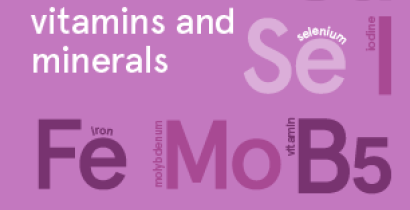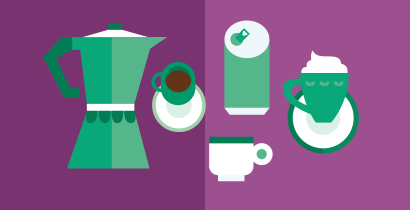The importance of antioxidants in food
Last Updated : 01 July 2004Antioxidants are present in many foodstuffs, and everyone has heard of them at some time or other or seen them listed as additives on food packaging. But what are they supposed to do in foods? And why do they play such an important role in many products?
In our last issue we introduced preservatives, which are used to prevent biological or microbial spoilage of foods. This time we will focus on food additives, which prevent foods from oxidation. Oxidation is a chemical process and occurs in most cases due to exposure to air (oxygen), or to the effects of heat or light.
Antioxidants play a major part in ensuring that our foodstuffs keep their taste and colour and remain edible over a longer period. Their use is particularly important for avoiding oxidation of fats and fat-containing products. When antioxidants are thoroughly mixed with fat or oil, the onset of the final stages of autoxidation when rancidity -development of unpleasant off-flavours and odours- becomes evident, is delayed. Another important reason is that certain vitamins and various amino acids can easily be destroyed by exposure to air, and antioxidants serve to protect them. They also help to slow down the discoloration of fruit and vegetables.
Natural occurring antioxidants
One simple way, for example, of stopping apples going brown is to add a small amount of lemon juice. The ascorbic acid (vitamin C) contained in many citrus fruits is a natural antioxidant and for this reason finds frequent use in food production (E 300-E 304). Vitamin C and its various salts are added to protect soft drinks, jams, condensed milk and sausage.
Other natural antioxidants are the tocopherols (E 306-E309), which are members of the vitamin E family. Tocopherols are found mainly in nuts, sunflower seeds and soya and maize shoots, and they are mostly used for preserving vegetable oils, margarine and cocoa products.
Since both compounds are very popular antioxidants and the requirements for them cannot be met completely from natural sources, ascorbic acid and tocopherols have also been produced artificially for quite some time. It is nowadays possible to copy the molecular structure of these compounds so closely that there are no longer any differences in either structure or effects, which means that these “nature-identical” substances are essentially identical to their originals.
Man-made antioxidants
Man-made antioxidants are used as well as natural ones. The most important artificial antioxidants belong to the group of gallates (E 310-E 312). Gallates are added mostly to vegetable oils and margarine to stop them from going rancid and preserve their taste.
Two other substances, which do not belong to the above groups, are BHA (butylhydroxyanisol, E 320) and BHT (butylhydroxytoluene, E 321).
Examples of widely used antioxidants in the EU:
E-Number |
Substance |
Some foodstuffs in which they are used |
|
E 300 |
Ascorbic acid |
Soft drinks, jams, condensed milk, sausage |
|
E 304 |
Ascorbyl palmitate |
Sausage, chicken broth |
|
E 306-309 |
Tocopherols |
Vegetable oils |
|
E 310 |
Propyl gallate |
Fats and oils for professional manufacture, frying oils and fats, seasoning, dehydrated soups, chewing-gum |
|
E 320 |
Butyl hydroxy anisol (BHA) |
Sweets, raisins, processed cheese, peanut butter, instant soups |
Legislation
Although vitamins C and E have beneficial effects on our bodies, official limits are imposed on their use in foodstuffs for antioxidant purposes. Antioxidants are subject, just like any other food additive, to stringent EU legislation governing authorisation, use and labelling, Regulation (EC) No 1333/2008 of the European Parliament and of the Council of 16 December 2008 on food additives. These legislations require all added antioxidants, as all food additives, to be declared on food packaging by their category (antioxidant, preservative, colour, etc) with either their name or E-number.
The search for new substances
To increase the scope for natural antioxidants, efforts are being made to obtain new plant substances for the purpose. Up to now this has proved to be relatively difficult because natural substances often possess other undesirable characteristics. Scientists have found that a number of plant substances, such as those in sage and rosemary, are effective antioxidants. However, there are two important aspects which must always be taken into account in food production. One is that naturally occurring substances are not automatically safe for human health, and the other is that natural plant substances often have a strong, distinctive, taste on their own. This is the reason why newly discovered substances are not always used in food production and, in any case, they would have to undergo a full safety evaluation as stipulated in the additives and novel foods legislation.
More information
- Regulation (EC) No 1333/2008 of the European Parliament and of the Council of 16 December 2008 on food additives
- General information on food additives (rules on labelling of additives, intake, etc)
- Detailed information on legal issues is given on the following websites: http://www.efsa.europa.eu/ and http://www.fao.org/fao-who-codexalimentarius/en/



